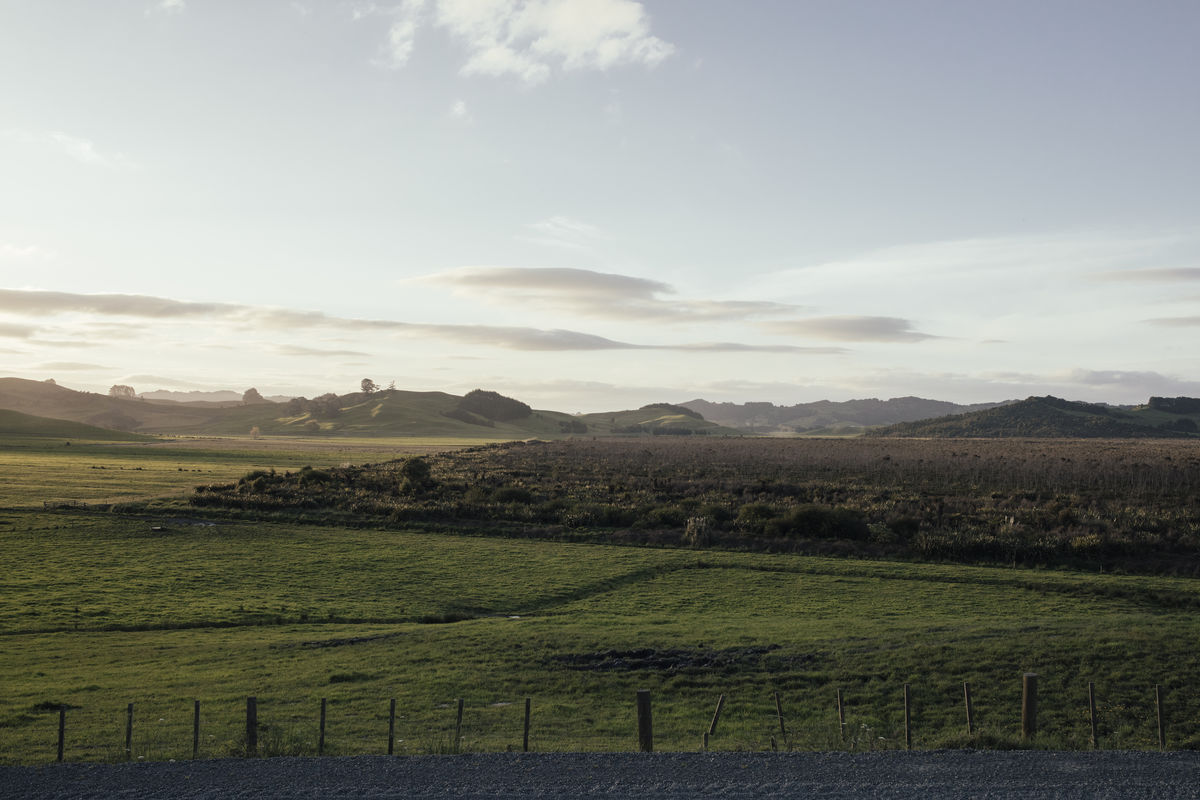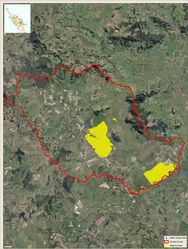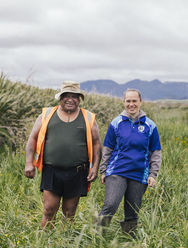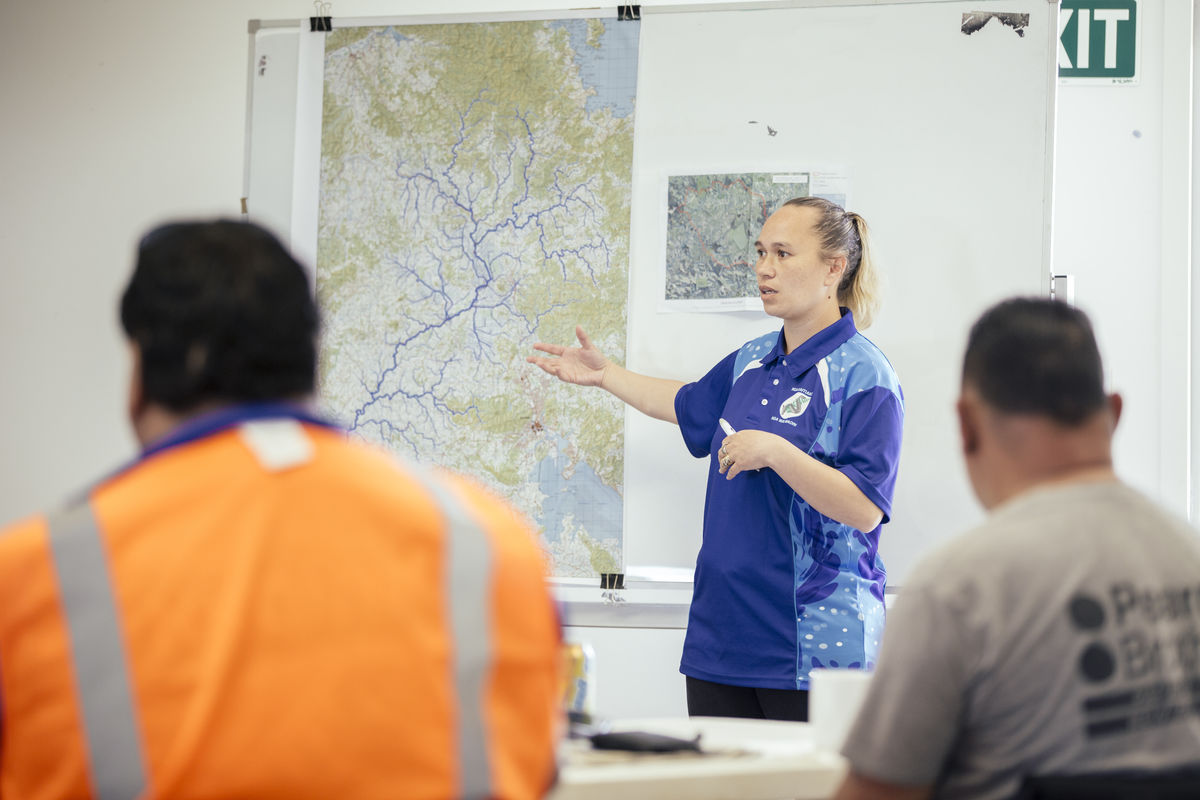
Okarika Pocket transformation project
Why Did we work in the Okarika Pocket?
The Okarika Pocket is a sub-catchment of the Wairua River catchment within the Hikurangi Swamp Drainage Scheme. The area is special for its peat-accumulating wetlands including swamps, fens and bogs that are created and supported mainly from rainfall and groundwater. The Okarika Pocket is home to the Otakairangi and Wairua River wildlife management reserves, the largest remaining wetlands in the Hikurangi Floodplain. Surrounded by dairy farms and modified by drainage, both reserves contain unique habitat types now rare in Northland, which made the Okarika Pocket an important place to observe and measure changes in water quality resulting from freshwater biodiversity improvement projects and changes to farm management practices.
What was the project?
Living Water supported a catchment approach through collaboration with farmers, community, iwi, hapū and councils to identify, codesign and prioritise projects that could improve freshwater outcomes within the Okarika Pocket. The focus was on partnering with landowners on 17 dairy farms to complete Farm Environment Plans (FEPs). On-farm projects were then implemented and monitored, with case studies shared with others to accelerate the uptake of solutions across the Wairua River catchment and Northland.

What’s been done?
The project began in 2014 with baseline ecological assessments, and a Catchment Condition Survey was completed in February 2018 to help understand the catchment’s characteristics and identify challenges, especially regarding sediment and nutrient controls. This involved direct collaboration with catchment farmers. The Catchment Condition Survey was repeated in 2023 to understand how the catchment changed as a result of planned interventions - such as fencing, sediment bunds and riparian planting - and unplanned impacts, like flooding from Cyclone Gabrielle and other weather events. Hydrological research was completed in 2019, that identified where significant sediment issues were located and where to focus action within the pocket. Ngā Kaitiaki O Ngā Wai Māori and Northland Regional Council helped determined where in the Okarika Pocket to concentrate efforts.
By 2023 all of the farms in the Okarika Pocket had an FEP in place. The FEP identifies priority areas for freshwater action on farms, and projects were co-designed with farmers to align with their goals. This resulted in over 15 kms of fencing constructed around waterways, wetlands and riparian areas, and approximately 100,000 native plants being planted within the Pocket.
Monthly water quality sampling at flood scheme pump stations began in mid-2016. Water quality monitoring stations were installed in the Otakairangi Wetland in 2018 to record water quality changes resulting from implementation of on-farm projects. In 2021 Ngā Kaitiaki O Ngā Wai Māori took over the water quality monitoring on behalf of Living Water, and also completed fish surveys and cultural assessments of waterway health.
What did Living Water learn?
Water quality improvements and wetland restoration is an ongoing and complex process. Given Living Water’s 10-year timeframe, we had to be realistic about what could be achieved in a short amount of time, with limited resources. Ecological outcomes are on the way to being achieved with the reduction of sediment, new planting and on-farm changes. But the greatest outcomes are the behavioural changes prompted by this project.
Staff from both DOC and Fonterra built strong relationships with local landowners through the farm environment planning process and Catchment Condition Surveys. Collaboration benefits all parties with the sharing of knowledge and resources like access to ecological advice to include in farm environment plans and the ability to connect restoration work happening on public conservation land with on-farm restoration work.
Through subsequent grants and subsidies provided for fencing and planting further community members became involved including mana whenua, local councils, and community organisations. This shared responsibility builds momentum and community connection which ensures the longevity of the mahi beyond the 10 years of Living Water. It also ensures the opportunity to scale-up and expand the work to other areas. Ngā Kaitiaki O Ngā Wai Māori, are looking at taking lessons learnt from the project to the Otonga Pocket, another area of importance to hapū in the Hikurangi Repo.
Living Water has contributed significantly to a better shared understanding of the ecological and hydrological functioning of the wetland, as well as priorities and processes for addressing issues. The project has led to significant changes in attitude towards the Okarika Pocket and wetlands in general. This positive shift means environmental action is now common and there is a shared vision for the future of the wetland.

